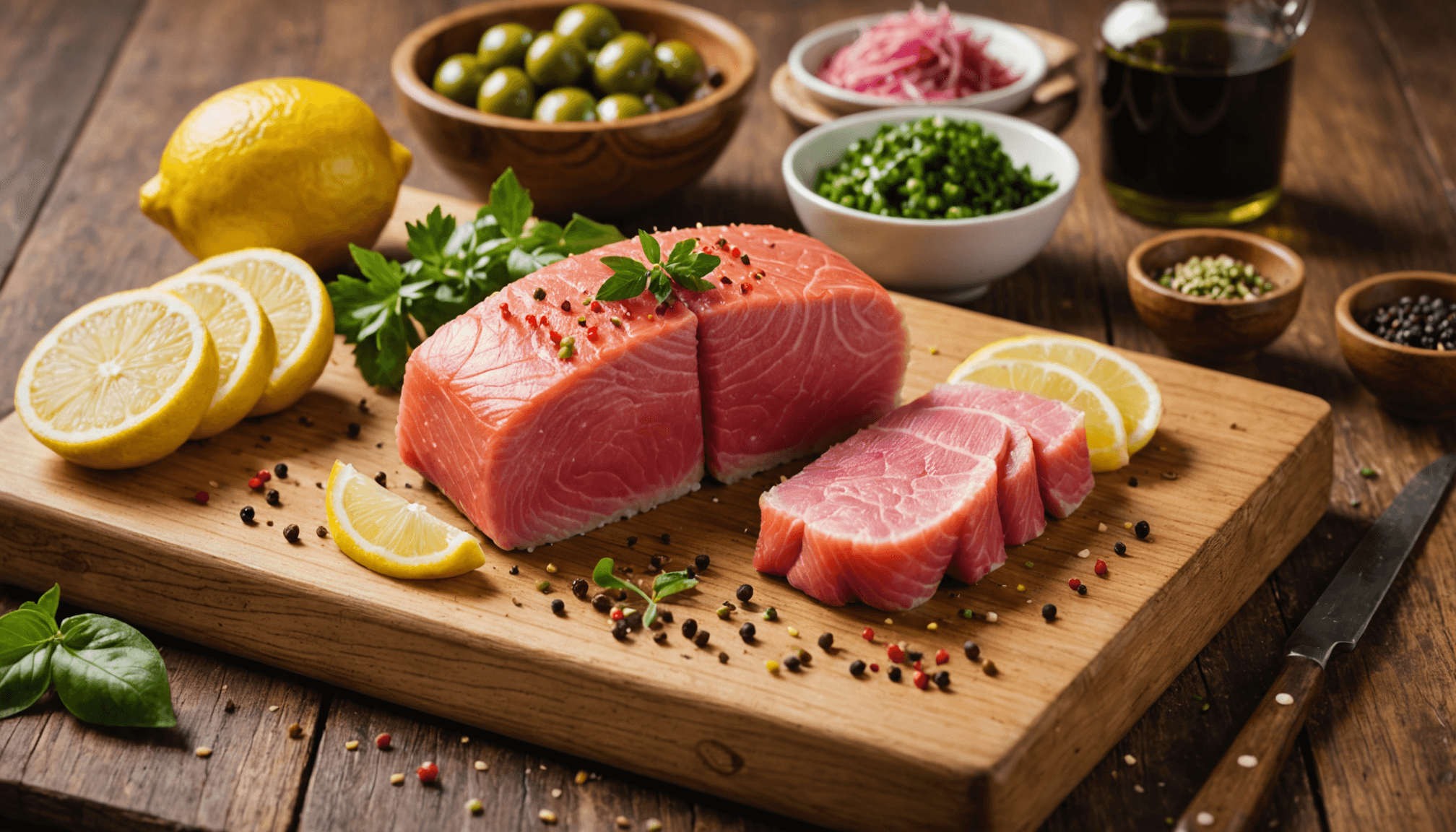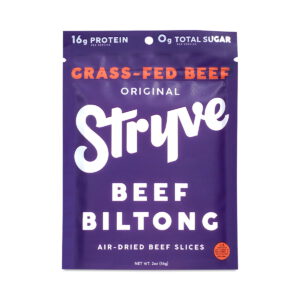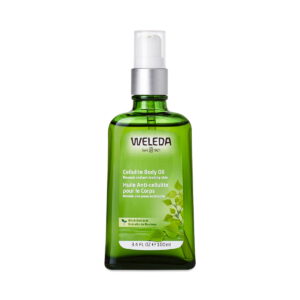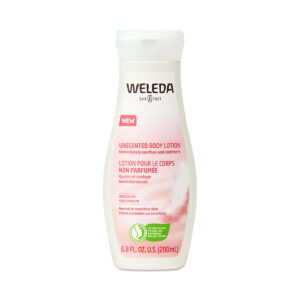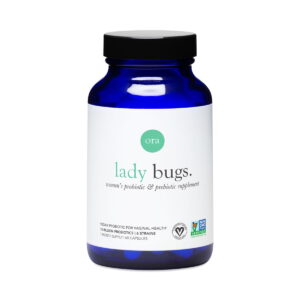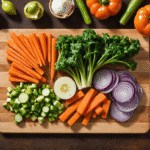- Organic Tuna Bowls: A Healthy Dinner Option
- Choosing Fresh Ingredients
- Preparing the Tuna
- Building Your Bowl
- Flavorful Additions and Toppings
- Nutritional Benefits of Tuna
- Serving Suggestions and Variations
When embarking on your grocery shopping journey for organic tuna bowls, the goal is to keep it not only nutritious but also enjoyable. Start by prioritizing organic foods; they are not only better for your health but also for the environment. Organic produce is often fresher and more flavorful, making it an ideal choice for your healthy dinners.
Consider visiting your local farmer’s market; here, you’re likely to find seasonal vegetables and herbs that can elevate your tuna bowls. Not only will you support local farmers, but you can also engage with them to learn about their farming methods, ensuring you’re purchasing truly organic items.
When shopping for tuna, look for sustainable seafood labels. Resources like the Marine Stewardship Council (MSC) or the Seafood Watch guide can help you choose brands that practice responsible fishing to protect fish populations and marine ecosystems. Steer clear of tuna products containing additives or preservatives; the simpler, the better.
Incorporating budget-friendly foods into your meal is also essential. Consider buying frozen vegetables or canned beans; they are often more economical, have a long shelf life, and retain most of their nutritional value. These can serve as great additions to your tuna bowl, providing texture and a nutritional boost.
For those interested in vegan options, while traditional tuna is not vegan-friendly, you can substitute it with chickpeas or a store-bought plant-based tuna alternative. Be sure to check the labels to avoid unwanted additives. Combine these substitutes with organic grains like quinoa or brown rice to keep your meal wholesome and hearty.
Online shopping can be convenient, especially if your local stores don’t carry specific items. However, always prioritize ingredient safety. Look for certified organic labels and check for customer reviews regarding freshness and quality. Aim to shop from reputable sites; many supermarkets now offer online shopping with delivery options, making it easy to source your ingredients without leaving home.
Lastly, be mindful of bulk buying. This can save you money, especially for non-perishable items like olive oil, spices, or dried legumes. Just ensure you have proper storage to avoid spoilage. Taking this approach contributes to helpful meal prepping, resulting in quick, wholesome meals ready at a moment’s notice.
Choosing Fresh Ingredients
When selecting fresh ingredients for your organic tuna bowls, the emphasis should be on quality and harmony of flavors. Begin with your choice of tuna. Fresh, sushi-grade tuna is optimal, as it will provide that rich, buttery texture that enhances the overall taste of the dish. If opting for canned tuna, look for varieties packed in water or olive oil without added preservatives. This not only focuses on the quality of your meal but also supports sustainable practices often associated with premium brands.
In addition to tuna, incorporating a colorful variety of organic vegetables will add both visual appeal and nutritional benefits to your bowls. Aim for a mix of leafy greens such as spinach or arugula, crunchy veggies like cucumbers and bell peppers, and fiber-rich ingredients like sweet potatoes or avocados. Organic vegetables, being free from synthetic pesticides and fertilizers, ensure you are consuming healthier options while also supporting environmentally friendly farming practices.
Here’s a comparison table of common vegetable options for your tuna bowls, highlighting their unique benefits:
| Vegetable | Flavor Profile | Nutritional Benefits |
|---|---|---|
| Spinach | Earthy, mild | High in iron and vitamins A, C, and K |
| Cucumber | Refreshing, crisp | Hydrating, low in calories, source of Vitamin K |
| Bell Peppers | Sweet and crunchy | Rich in vitamins A and C, antioxidant properties |
| Avocado | Creamy, buttery | Healthy fats, fiber, and potassium |
| Sweet Potatoes | Sweet, earthy | High in fiber, vitamins A and C, potassium |
In addition to vegetables, including whole grains as a base layer provides a satisfying texture and substantial energy to the bowls. Options like quinoa, brown rice, and farro add a nutty flavor as well as essential nutrients such as fiber and protein, making them an excellent companion to your organic tuna.
Herbs and spices also play an essential role in enhancing the flavor of your organic meals. Fresh herbs such as cilantro, parsley, or basil can impart brightness, while spices like cumin, paprika, or a dash of chili can offer depth and warmth. Combining these elements with your organic ingredients not only boosts the overall flavor profile but also adds an array of health benefits ranging from anti-inflammatory properties to improved digestion.
Lastly, don’t overlook the importance of the accompaniments. Consider using right choices like fermented foods (such as kimchi or sauerkraut) or healthy fats (like olive oil and seeds) to balance the dish. These additions not only elevate the taste but are essential components for a well-rounded, nutritious meal.
By focusing on fresh, organic ingredients, your tuna bowls can transform from a simple meal into a gourmet experience, perfect for satisfying your craving for healthy dinners while honoring sustainability and dietary needs.
Preparing the Tuna

Preparing tuna for your organic bowls goes beyond merely opening a can or slicing a steak. It’s about enhancing the flavors and ensuring your dish is not only delicious but also nutritious. If you’re using fresh sushi-grade tuna, start by ensuring your fish is fresh and safe. This means checking the color—bright pink or red is ideal—while a duller shade suggests it may not be as fresh. Always buy from trusted suppliers to minimize risks associated with seafood consumption.
If you’re opting for canned tuna, choose varieties packed in water or olive oil without any unnecessary additives. Look for brands that carry sustainability certifications, which not only guarantees quality but also responsible sourcing practices. As you prepare the tuna, use a fork to flake it gently, ensuring a fluffy texture that beautifully mixes with other ingredients in your bowl.
To infuse the tuna with additional flavors, consider marinating it briefly with simple ingredients. A mixture of olive oil, soy sauce, and a squeeze of fresh lemon juice can elevate the overall taste. Let it sit for about 10-15 minutes, allowing the flavors to meld while you prepare your other ingredients. This quick marination ensures your tuna becomes a star ingredient in your healthy dinners.
For a unique twist, think about incorporating spices or flavor profiles from various cuisines. For instance, try adding a touch of sesame oil and a sprinkle of furikake for a Japanese flair, or some chili flakes and lime juice for a zesty kick reminiscent of Mexican cuisine. These subtle variations can elevate your organic meals, making them exciting and diverse.
While preparing the tuna, be mindful of food safety practices. Always use clean utensils and cutting boards when handling raw fish. It’s essential to avoid cross-contamination with other raw foods, particularly when switching from proteins to fresh vegetables. Keep your prep area clean, and store any leftovers appropriately to maintain freshness.
If your schedule is tight and you’re crunched for time, consider preparing your tuna ahead of time and storing it in the refrigerator for a few days. This makes assembly on busy nights incredibly quick, enabling you to whip up a nutritious meal in mere minutes.
Lastly, don’t forget to create an engaging experience while preparing your meal. Put on some music or involve the family in the cooking process. Engaging everyone in preparing your healthy dinners not only makes it fun but also fosters a sense of togetherness, making mealtimes more special. With all these tips, your organic tuna bowls will not only be a nutritious choice but also a delightful culinary adventure!
Building Your Bowl
 Building your bowl is where creativity meets nutrition, allowing you to personalize each dish according to your taste preferences and dietary requirements. Start by selecting a base that complements the richness of the tuna. For a hearty option, fluffy quinoa or nutty brown rice works wonderfully, providing a robust foundation while adding a wealth of essential nutrients. If you prefer something lighter, a bed of mixed greens or a spiral of zucchini noodles can offer a refreshing alternative that is low in calories yet high in flavor.
Building your bowl is where creativity meets nutrition, allowing you to personalize each dish according to your taste preferences and dietary requirements. Start by selecting a base that complements the richness of the tuna. For a hearty option, fluffy quinoa or nutty brown rice works wonderfully, providing a robust foundation while adding a wealth of essential nutrients. If you prefer something lighter, a bed of mixed greens or a spiral of zucchini noodles can offer a refreshing alternative that is low in calories yet high in flavor.
Once you’ve chosen a base, layer on an array of vibrant, organic vegetables that not only add color but also a spectrum of textures and flavors. Thin slices of radish can introduce a peppery crunch, while roasted sweet potatoes provide a subtle sweetness that balances the dish. Incorporating raw ingredients like bell peppers adds a refreshing snap, while avocado lends a creamy, luxurious element. Aim for a color palette that looks visually appealing—think greens, reds, yellows, and purples—because a well-presented bowl can elevate the dining experience.
In addition to vegetables, consider incorporating some whole grains or legumes for additional fiber and protein. Options like black beans or edamame can enhance the nutritional profile while bringing an interesting textural contrast.
Now, let’s talk about the stars of your bowl—the flavorful additions and toppings that take it from good to exceptional. Drizzle a splash of high-quality olive oil or a homemade vinaigrette to tie all the components together; a simple mix of olive oil, balsamic vinegar, and a dash of honey can give a sweet yet tangy flavor.
Sprinkle some seeds, such as pumpkin or sesame seeds, for crunch and extra nutrients. You might also want to add a dollop of hummus or a spoonful of pesto that can provide a creamy texture and herbaceous notes. Don’t shy away from bold flavors; a few slices of pickled ginger can add a zesty kick, pairing beautifully with the tuna.
Finally, herbs can significantly enhance your organic meals. Fresh cilantro, mint, or chives can add a fragrant touch. A squeeze of fresh lemon or lime over the entirety of your bowl brightens the dish, bringing all the flavors to life.
By thoughtfully building your bowl with layers of flavors, textures, and colors, you create not just a satisfying meal, but a beautiful one as well. This appealing presentation and combination of ingredients make for delightful healthy dinners that you’ll crave again and again, turning your kitchen into a hub for culinary creativity.
“The beauty of a meal often lies in its presentation; every layer should sing with texture and flavor.”
Flavorful Additions and Toppings
 Flavorful additions and toppings are the finishing touches that transform your organic tuna bowls into an extraordinary culinary experience. Consider drenching your creation with a drizzle of zesty dressing; a fresh lemon vinaigrette or a sesame-ginger dressing can add tanginess and depth. These dressings not only enhance the flavor but also introduce more nutritious components, depending on the ingredients you choose.
Flavorful additions and toppings are the finishing touches that transform your organic tuna bowls into an extraordinary culinary experience. Consider drenching your creation with a drizzle of zesty dressing; a fresh lemon vinaigrette or a sesame-ginger dressing can add tanginess and depth. These dressings not only enhance the flavor but also introduce more nutritious components, depending on the ingredients you choose.
Incorporate toppings that add varying textures and flavors. Crunchy roasted nuts or seeds are excellent choices; think about toasted almonds, sunflower seeds, or crunchy chickpeas. Their addition will not only provide a delightful crunch but also boost the healthy fats and protein in your meal. A sprinkle of microgreens or edible flowers can give your bowl a gourmet touch without adding significant calories, instantly elevating its aesthetic appeal.
Cheese lovers might enjoy a sprinkle of feta or goat cheese; this creamy layer can add a delightful contrast to the firm textures of your main ingredients. For heat enthusiasts, a few slices of jalapeño or a dash of sriracha can set your taste buds alight, while fresh herbs such as basil, cilantro, or chives offer fragrant notes that round out the dish beautifully.
When thinking about flavor, consider including fermented ingredients like kimchi or pickles, which not only add a unique tang but also promote digestive health. These additions create a well-rounded meal that excites the palate and nourishes the body.
As you experiment with different toppings, think about regional cuisines and how you can take inspiration from them. For instance, a Mediterranean twist could include ingredients like olives, artichokes, and a splash of tahini, while an Asian twist might incorporate ingredients such as wasabi peas, nori flakes, and sesame oil.
In creating your organic meals, the goal is to harmonize flavors, textures, and vibrant colors while ensuring every bite is a joyous exploration of freshness and health. This approach encourages a deeper engagement with your food choices, inviting you to explore the vast world of flavors available to enhance your healthy dinners—all centered around the versatility of tuna.
- What types of organic tuna should I consider for making bowls?
- Opt for fresh, sushi-grade tuna if you’re going for raw preparations, or choose canned tuna packed in water or olive oil without preservatives. Always check for sustainability certifications to ensure responsible sourcing.
- How can I enhance the flavor of my tuna?
- Marinate the tuna with simple ingredients like olive oil, soy sauce, and lemon juice for 10-15 minutes before incorporating it into your bowl. Experimenting with spices or flavor profiles from different cuisines can also elevate the taste.
- What are some good base options for my tuna bowl?
- Consider using quinoa, brown rice, or farro for a hearty option. For a lighter choice, mixed greens or spiralized vegetables like zucchini can create a refreshing base.
- How can I ensure my bowl has a variety of textures?
- Include a mix of crunchy vegetables, creamy elements like avocado, and crunchy toppings such as nuts or seeds. The contrast of textures enhances the eating experience.
- Are there any good vegan alternatives to tuna?
- Chickpeas or plant-based tuna alternatives work well as substitutes. Pair them with organic grains and vegetables for a nutritious, vegan-friendly bowl.
- What are some healthy toppings to consider?
- Serving your bowls with fresh herbs, seeds, a dollop of hummus, or pickled ingredients elevates flavor and provides additional health benefits. Fermented foods also support digestive health.
- Can I meal prep my organic tuna bowls ahead of time?
- Yes, preparing your tuna and chopping vegetables in advance allows for quick assembly during busy days. Store components in airtight containers in the refrigerator for freshness.
Nutritional Benefits of Tuna

The nutritional benefits of tuna are impressive, making it a prized ingredient for those seeking healthy dinners. Packed with high-quality protein, tuna contains essential amino acids vital for muscle repair and overall health. With a significant amount of omega-3 fatty acids, it can help reduce inflammation and promote heart health, making it an excellent choice for fitness enthusiasts and health-conscious individuals alike. A serving of tuna can provide you with almost half of your daily protein needs, which is especially beneficial after workouts.
When it comes to vitamins and minerals, tuna shines as well. It’s rich in vitamin D, which supports bone health and immune function, and provides substantial amounts of selenium, an antioxidant essential for thyroid function and cellular health. Additionally, tuna boasts B vitamins, particularly B12, which is crucial for energy metabolism and the production of red blood cells.
However, while enjoying the many benefits of tuna, it’s crucial to consider mercury levels found in certain types of fish. To minimize risk, consider choosing skipjack or canned light tuna which historically contain lower mercury levels compared to larger species like albacore or bluefin. Pregnant women and children are advised to limit their intake of high-mercury seafood altogether to prioritize safety.
Incorporating tuna into your diet can also be cost-effective. Canned tuna, in particular, provides a shelf-stable source of protein and nutrients at a budget-friendly price point, making it ideal for families and professionals with limited time. Look for tuna packed in olive oil or water, avoiding varieties with added preservatives or fillers. This ensures you’re getting the best possible quality while keeping meals healthy and delicious.
For those interested in a plant-based approach, consider replicating the texture and flavor profile of tuna using chickpeas or lentils mixed with seaweed or nutritional yeast for that oceanic taste. These alternatives are not only vegan but also rich in dietary fiber and plant-based protein, contributing to a balanced diet.
With such a variety of options available, there’s no shortage of ways to integrate tuna into your organic meals—whether you’re making a quick bowl, mixing it into salads, or creating tuna recipes that excite the palate. Embracing omega-3-rich tuna is a smart strategy to boost nutritional intake while enjoying satisfying and delightful dishes!
Serving Suggestions and Variations

When it comes to serving suggestions, the versatility of organic tuna bowls allows for endless creativity. One delightful way to enjoy these bowls is simply to serve them chilled, perfect for those warm evenings. After assembling your bowl, refrigerate it for about 30 minutes before serving; this not only enhances the flavors but allows the ingredients to meld together beautifully.
For a more heartwarming version, consider serving your tuna bowls warm. Simply warm your base—be it quinoa, brown rice, or even roasted sweet potatoes—before layering your fresh ingredients on top. This contrasts the rich, warm grains with crisp, cool veggies, creating a delightful interplay of textures. Top off with a squeeze of citrus or a drizzle of tahini to bring everything together.
For a taste twist, think outside the box! How about a Mediterranean-inspired bowl? Incorporate olives, roasted red peppers, and a sprinkle of feta for a touch of creaminess. Or, if you’re in the mood for something with a zesty flair, try an Asian-inspired dressing of tamari, sesame oil, and a hint of ginger, combined with edamame and shredded carrots.
Hosting a family dinner? Make it a build-your-own bowl night! Set out a variety of bases, proteins, vegetables, and toppings, allowing everyone to craft their personalized organic meal. This not only caters to diverse preferences but also makes for a fun, interactive dining experience.
For those who enjoy meal prepping, your tuna bowls can store well. Prepare multiple bowls for the week ahead. Just keep components separate until serving to maintain freshness. Layer in jars for a grab-and-go lunch option; they can be transported easily and enjoyed at work or school, ensuring you have healthy dinners ready without any fuss.
Don’t forget about variations; swap out the tuna for other protein sources like grilled chicken, chickpeas, or roasted tofu for a different flavor experience. You can also change the grains—try using cauliflower rice if you’re looking for a lower-carb option. The possibilities are vast, providing you with numerous healthy dinners tailored to your taste and dietary goals.
New Customers Offer!
Free Gift for the new customer
$24 Value, When You Subscrib Visit Thrive Market
